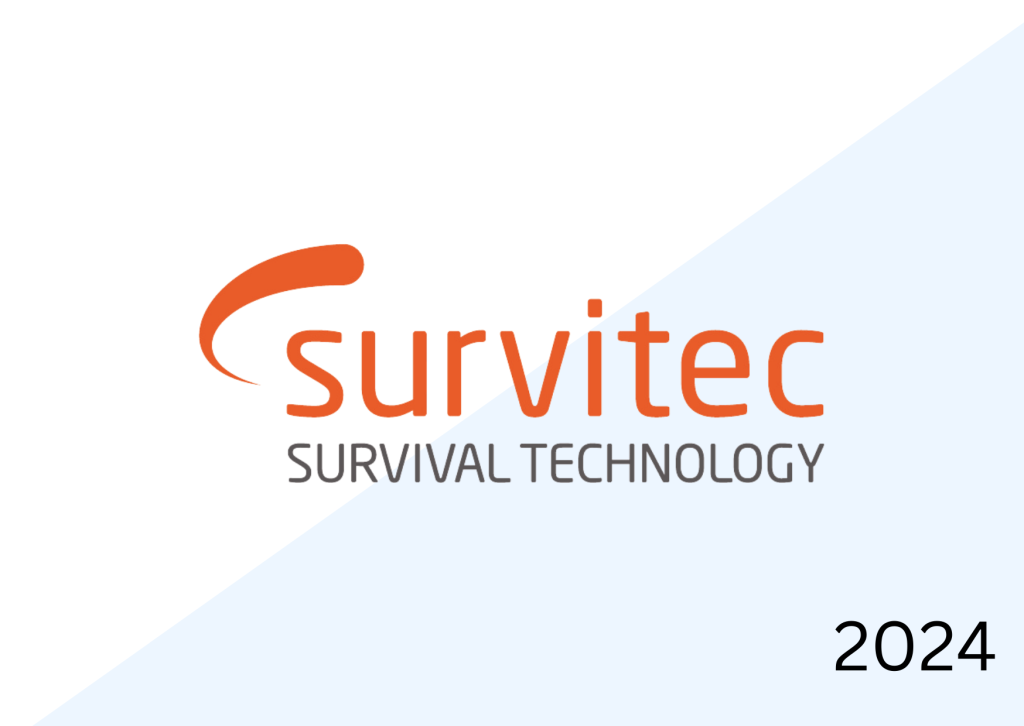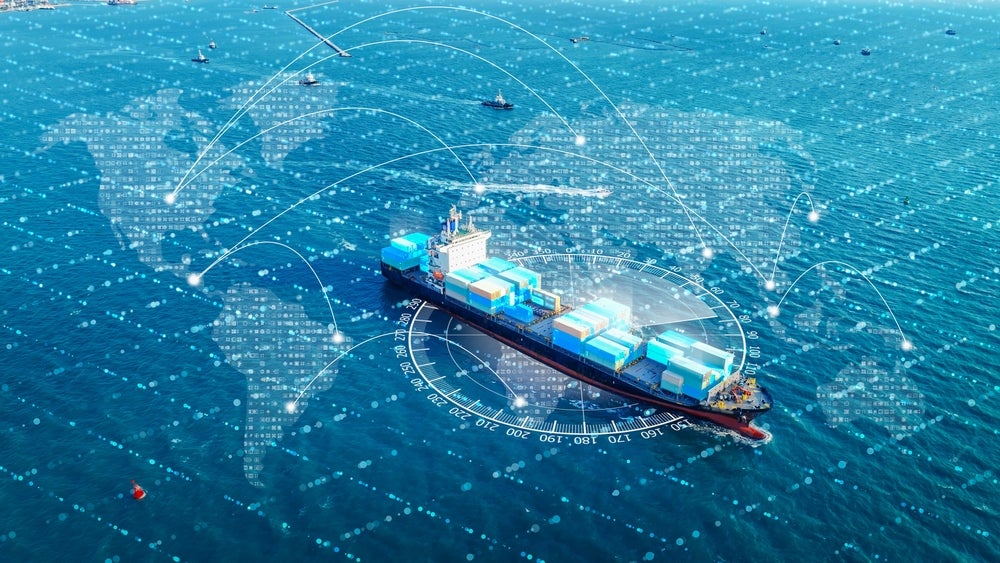
Never before has the cruise industry been subjected to tighter public scrutiny around its environmental performance. Whether it be switching to liquefied natural gas or LED lighting fixtures, operators need to be seen to be doing their bit.
Favourable reputations depend on such efforts. It is what today’s green-minded passengers expect of cruise lines – not to mention the governing body of the International Maritime Organization (IMO), whose end goal is the complete decarbonisation of the shipping sector in line with temperature targets set by the Paris Agreement.
For those operating in some of the world’s more sensitive waters, such as the polar regions, the onus on gentle sailing is even more acute. In addition to the damage carbon emissions wreak on ice sheets, the accumulation of waste plastics is a major concern.
In 2018, researchers at the Alfred Wegener Institute, Helmholtz Centre for Polar and Marine Research found up to 12,000 pieces of microplastic particles in the Arctic Ocean – a three-fold increase on previous studies.

Lindblad Expeditions, which specialises in adventure voyages to the likes of Antarctica and the Galápagos Island, has been working towards the removal avoidable plastic waste since 2007, when it introduced a ban on single-use water bottles onboard its fleet.
How well do you really know your competitors?
Access the most comprehensive Company Profiles on the market, powered by GlobalData. Save hours of research. Gain competitive edge.

Thank you!
Your download email will arrive shortly
Not ready to buy yet? Download a free sample
We are confident about the unique quality of our Company Profiles. However, we want you to make the most beneficial decision for your business, so we offer a free sample that you can download by submitting the below form
By GlobalDataIn April 2018, Lindblad launched the year-long trial of a new disinfectant onboard its ice-class expedition vessel, the National Geographic Explorer. The installation of Premium Purity, a solution developed by Copenhagen-based sustainable tech firm ACT.Global, contributed to the elimination of over 1,000 plastic detergent bottles and a 1.1 million gallon reduction in water consumption.
Using the photocatalytic properties of titanium dioxide, the solution coating is triggered when exposed to light, converting airborne water into hydroxide ions, which automatically break down the likes of bacteria, mould and – more topically – viruses. (There was a 50% drop in reported cases of gastrointestinal illness among passengers over the 12-month period).
This has allowed Lindblad to stake its claim as having the world’s “first self-disinfecting cruise fleet”, as it rolls out the solution across its other vessels. Having also recently become a carbon-neutral company, the investment in Premium Purity is part of the operator’s wider approach to greener operations, as Bruce Tschampel, the group’s vice president of hotel operations, explains below.
Ross Davies: Just how in tune is Lindblad with the broader push across the international cruise industry to become more sustainable?
Bruce Tschampel: I’d say that everything we do is tied to the environment in which we travel.
Our expeditions are related to exploring and seeing wildlife in unusual places. We see a direct impact on things like climate change and plastics turning up on the shores. We are very sensitive to that – as are our guests, who are interested in leaving a very light footprint when they travel.
RD: When did you start looking at Premium Purity and working alongside ACT.Global?
BT: We first met with them back at their offices in Copenhagen in early 2018, which conveniently coincided with the National Geographic Explorer being drydocked in Denmark.
To be honest, I was pretty sceptical. We’d been looking for a while at different green options and ways to reduce chemical usage for cleaning, but the solutions we had tested had not really been effective. You don’t want to go green but less clean. We have to be super-clean on our ships.
But around the time we met with ACT.Global, they had been testing at the Radisson Blu Hotel in Copenhagen. So, I went along and talked with the hotel’s managers and cleaners and housekeepers about their experiences with Premium Purity. They were glowing about it – that’s when I realised this could be something really interesting for us. We then went ahead with the trial onboard the Explorer.

RD: The detergent has been described as “self-cleaning” – what does this mean exactly?
BT: There are two parts to it. The first concerns ACT’s CleanCoat, which is a titanium dioxide solution, which, once a year, is electrostatically sprayed in all the ship’s cabins and public areas. The particles from that spray attach themselves to the surfaces, applying a protective coating. The coating has been engineered in such a way that when activated by light, it will start to work on killing any germs or viruses transferred by touch.
The second part is the cleaning supply. This is basically a saline solution that goes through a DC current to change its Ph and is then applied to clean and sanitise every area. What makes this different is that most cleaning solutions are reactive – meaning if an area gets dirty, it needs to be spotted and cleaned manually. This does it automatically.
RD: I understand the results from the trial were successful.
BT: We managed to achieve some truly fascinating, measurable results. Take levels of gastrointestinal illness. The first three years of reported GI data on the Explorer were almost identical, but within the first year of using Premium Purity, we saw a 50% drop. That was really eye-opening.
The reciprocal additional benefits were also incredible. We no longer require all these plastics and detergents that we used to buy. The amount of water usage was drastically reduced because you are not cleaning in the same way. It’s a worthwhile investment for that alone.
RD: Given that you sail in some of the world’s most sensitive waters, how will this solution further contribute to preserving the local environment?
BT: Keeping the ship sanitary is really important; it’s crucial that nothing goes ashore. That’s on everyone’s minds right now – it’s always been for us. As far as the waters we travel in, the detergents we use are eventually broken down through our sanitation system and don’t make it into the ocean.
We have good practices too with our trash management, which has definitely reduced the amount of plastic used onboard.







